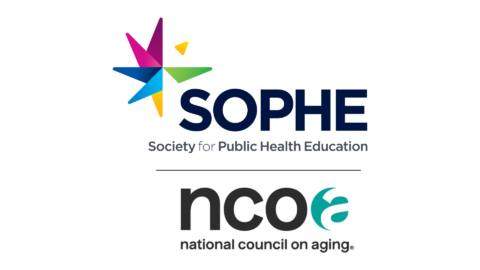On February 3, we attended the legislative briefing, The Pediatric Mental Health Crisis: Fostering Healthy Mental, Emotional, and Behavioral Development in Children and Youth at the U.S. Capitol Building.
The briefing focused on mental illness among children in the U.S. – with speakers from California, Ohio, and the DMV area. The briefing started with powerful and significant statistics:
- By age 24, 75% of the population is diagnosed with some form of mental illness.
- Between 2007 and 2017, the rate of depression has increased from 8.3% to 13.3%.
- Even though there has been an increase in the rate of diagnosis, the rate of treatment has been stable and low, making suicide the second leading cause of death among the youth population.
- African American youth under 13 are twice as likely to die due to suicide compared to their non-African American peers
These statistics prove the need for further research and prevention efforts among the youth of the country.
One of the biggest takeaways from the briefing – there is so much diversity within diverse population groups. One of the panel speakers explained how within a group there is a huge range of lifestyles, mentalities, socioeconomic statuses, education levels, etc. and this means that one intervention is not effective for everyone within that group.
The panelists discussed these intervention methods:
- Good behavior game: classroom reward system that helps facilitate socializing among young children.
- Unique and targeted interventions: creating interventions that are personalized to everyone’s needs, age, race, beliefs, etc.
- Multisectoral approach: coordination between schools, family, primary care physician, psychologist, family therapists, etc.
Children with mental health issues and who are unable to receive appropriate interventions, will continue to carry these issues into their youth and adulthood. Focusing on detecting and treating mental health illnesses during childhood would lead to overall better health outcomes.
Namrata Khanal, Grand Canyon University
Lizzie Davalos, University of North Carolina Wilmington



